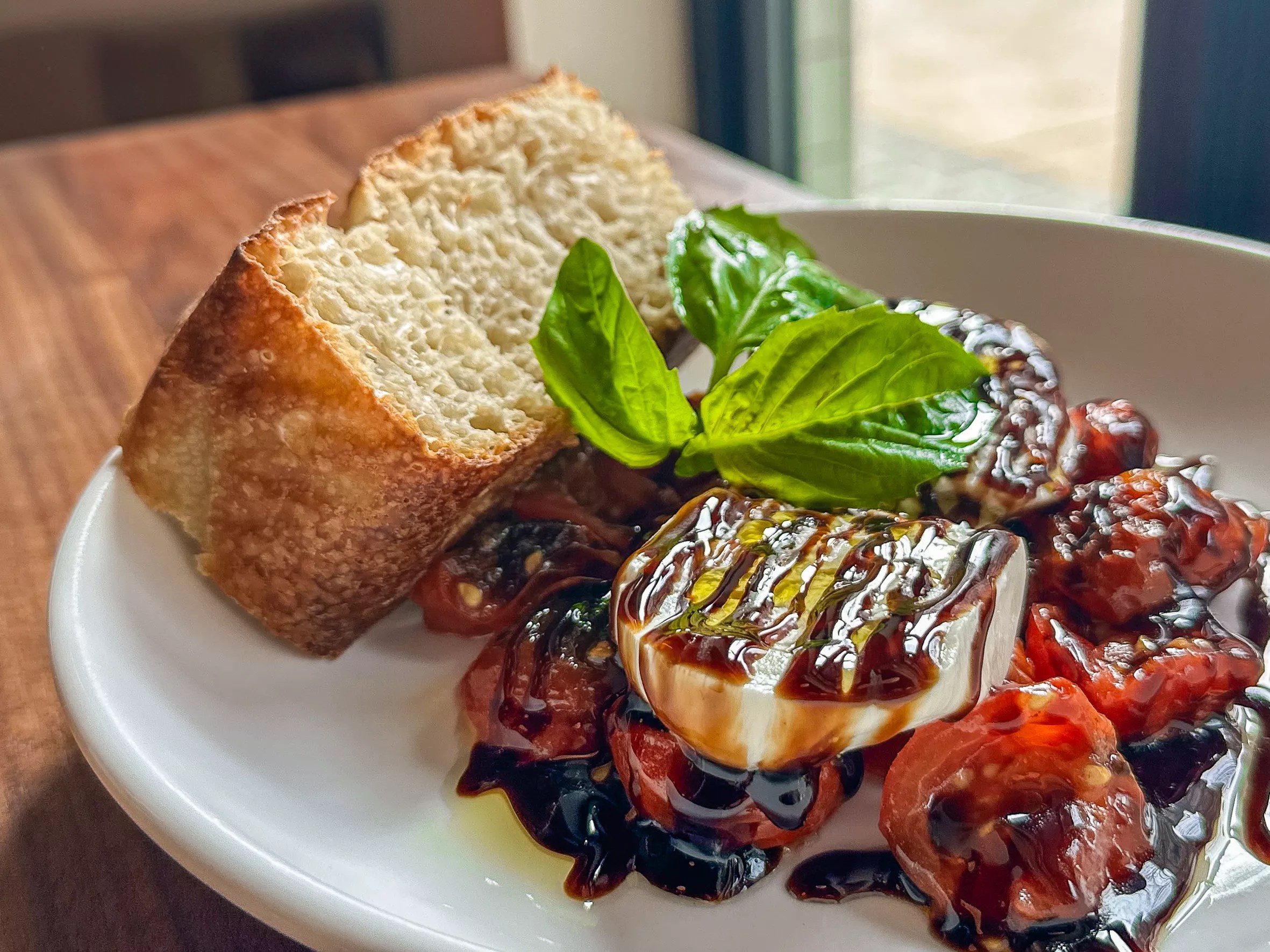
Hank Vaughn

Audio By Carbonatix
One of the foundations of Italian cooking is the tomato sauce, which can make or break an otherwise promising dish, be it pasta, pizza, braciole, stuffed cabbage rolls, lasagna or even meatloaf. And the tomato, which originated in South America and didn’t even make it to Europe until the 16th Century, is the single most important ingredient in that sauce.
The Medicis popularized the tomato in cooking, and the region of Campania in Italy eventually became known for its tomatoes, specifically the San Marzano, a variety of plum tomato that thrives and flourishes along the area of the Amalfi Coast in cities such as Naples, Positano, Sorrento and Salerno.
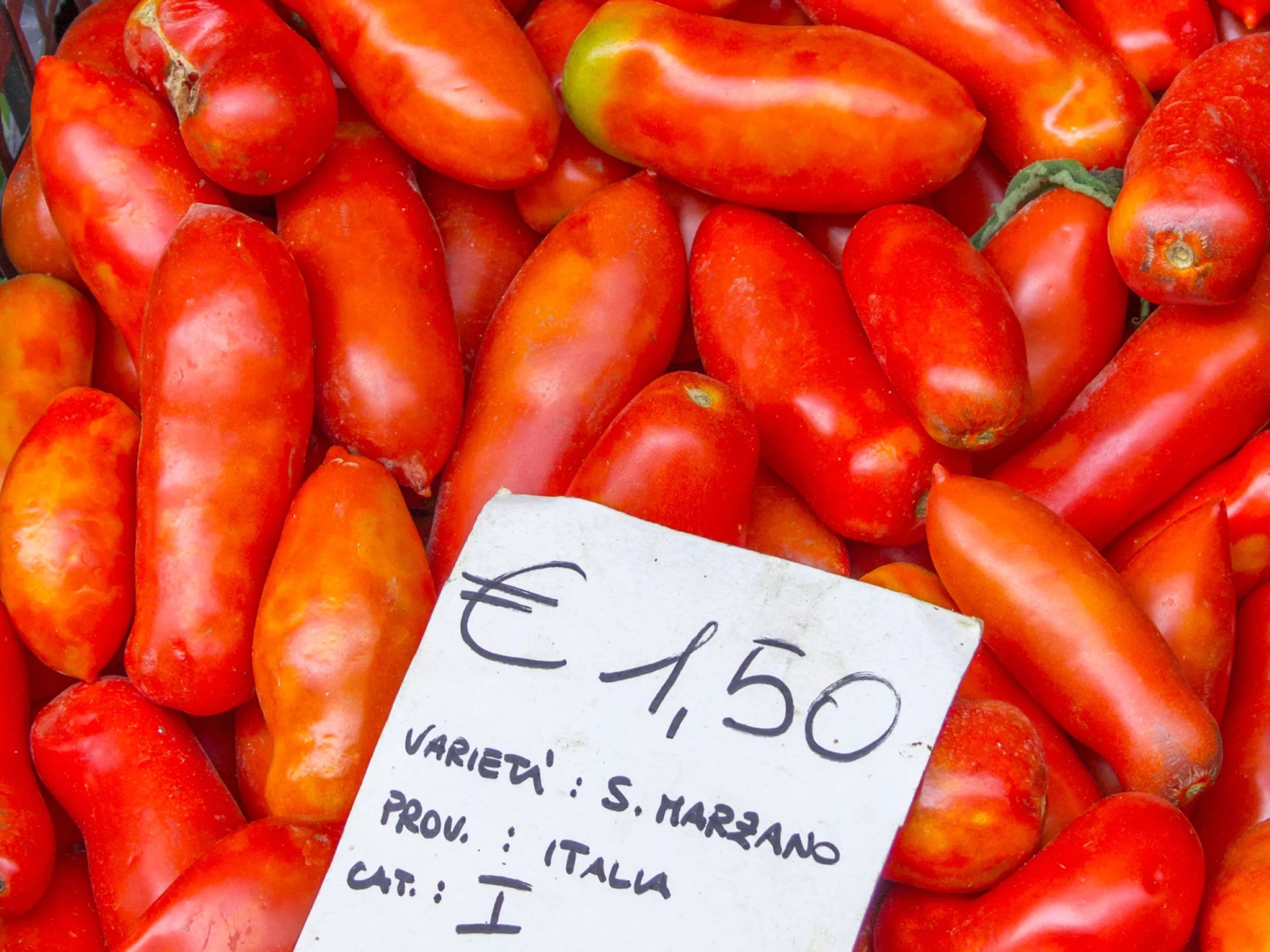
Beautiful San Marzano tomatoes on sale in Salerno on the Amalfi Coast of Italy. A fitting inspiration for an Italian restaurant.
Hank Vaughn
It is no wonder, then, that this tomato inspired the name of an Italian restaurant that originated in New York City’s East Village in 2008 and recently opened in the West Village of Dallas. This is a case of geographic yin-yang synchronicity that we find interesting. The Observer announced the opening of San Marzano last fall, and we were finally able to try it out for lunch.
We’re thankful for you. Are you thankful for us?
We feel thankful for our staff and for the privilege of fulfilling our mission to be an unparalleled source of information and insight in Dallas. We’re aiming to raise $30,000 by December 31, so we can continue covering what matters most to this community.
Help us continue giving back to Dallas.
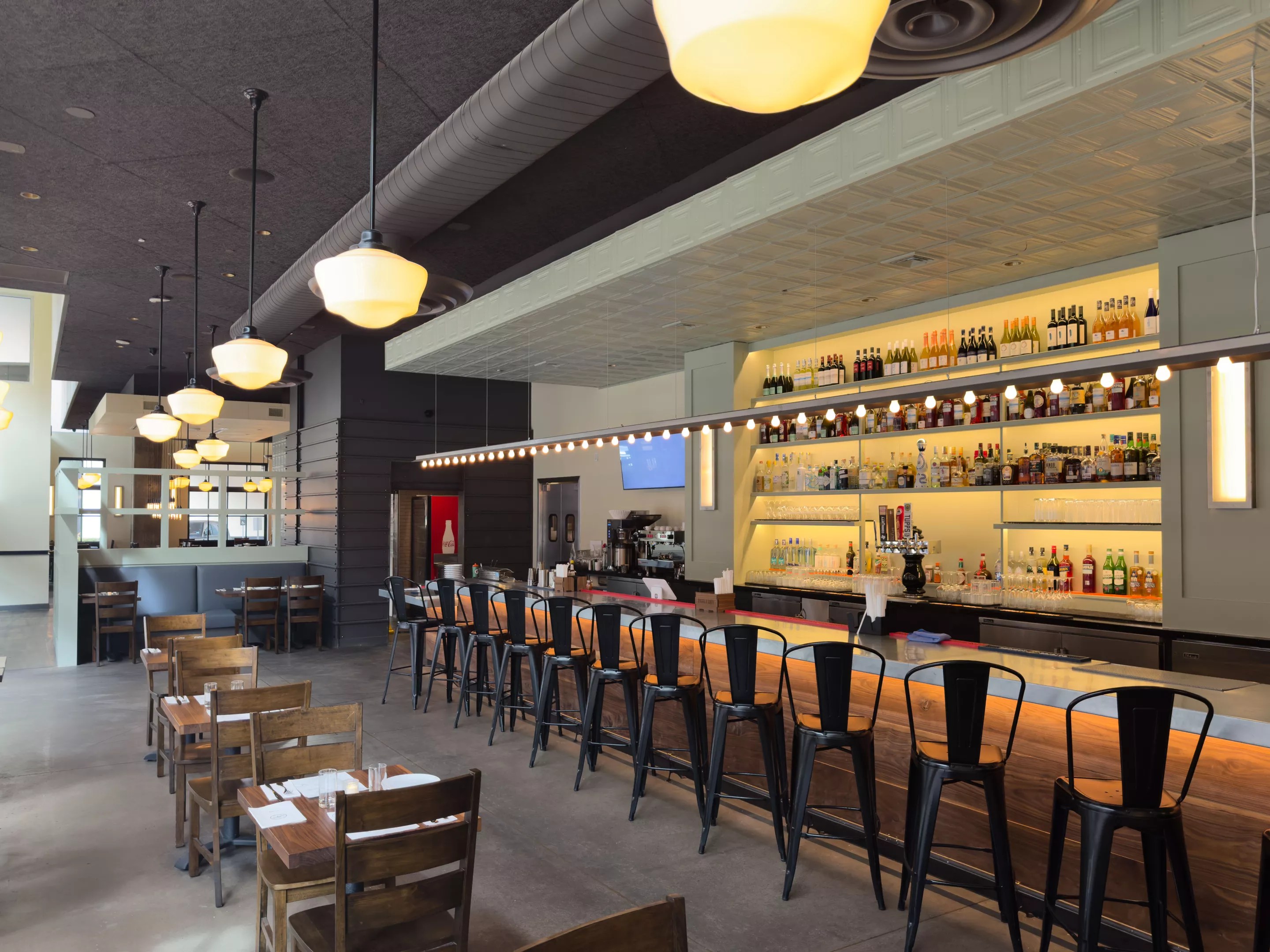
A warm and inviting interior on McKinney in the West Village; the perfect place to indulge in some freshly made pasta and homemade sauces.
Hank Vaughn
The space is clean and warm and divided into two sections, one housing the bar, the other a view of the kitchen with a wood-burning oven as its focal point. We sat down near a window on the bar side and ordered a frozen Italian Margarita completely unfazed by the low-40s temperatures outside. It’s never too cold for a frozen Italian Margarita Hank Vaughn
The ‘rita was composed of tequila, orange and lime, with the addition of amaretto to justify its Italian descriptor. Served in an old-fashioned glass it wasn’t gigantic, but it was enough and would be a steal at the $5 happy hour prices.
Other cocktail options include a frozen limoncello, blood orange Moscow mule, Sicilian Lemonade and an espresso martini, along with the ubiquitous Peroni on tap, Moretti in bottles and about a dozen wines.
Our starter selection was the burrata: cow’s milk cheese and charred cherry tomatoes all in a balsamic reduction served with a hunk of house-made rustic bread. Other starters include arancini and asiago meatballs.
Then it was on to the main event, the pasta, all of which is made in-house daily. It’s an interesting system that is simple and straightforward: select the pasta variety, then the sauce and finally add any extras.
Six kinds of pasta are available: rigatoni, pappardelle, campanelle, spaghetti, whole wheat rigatoni and a gluten-free shell option. Eight sauce options run the gambit from a simple creamy tomato-vodka sauce to a short rib ragu made with San Marzano tomatoes. Other choices include bolognese, kale pesto, meatballs and shrimp scampi, alla norma and maialino.
If our math is correct (and who’s going to check us?) that is 48 unique pasta dishes that you can create, and that’s not even including the additional extras one can add such as cheese (burrata, mozzarella, ricotta), meat (sausage, meatballs, bacon, chicken) and others (kale, eggplant, cherry tomatoes, pesto).
Clearly, there were big decisions to be made, and we finally settled on whole wheat rigatoni with alla norma sauce and campanella with maialino sauce.
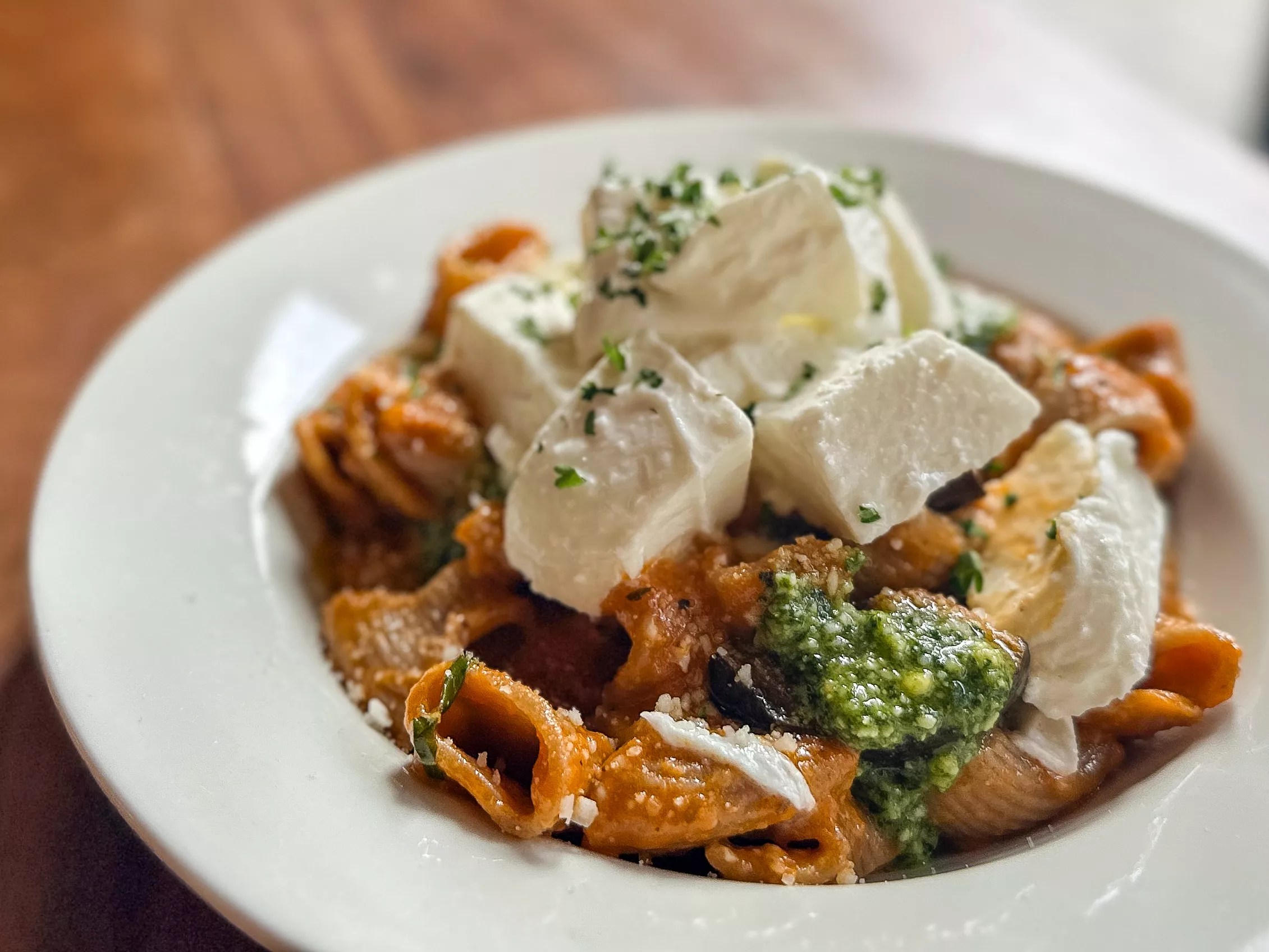
Whole wheat rigatoni in alla norma sauce: roasted eggplant, marinara, pesto, fresh mozzarella garnished with parsley.
Hank Vaughn
The rigatoni was perfectly cooked but of the short variety, almost making them tubular squares. The alla norma sauce was wonderful: roasted eggplant, marinara and pesto, topped with a copious amount of large chunks of fresh mozzarella and garnished with Italian parsley. Very satisfying.
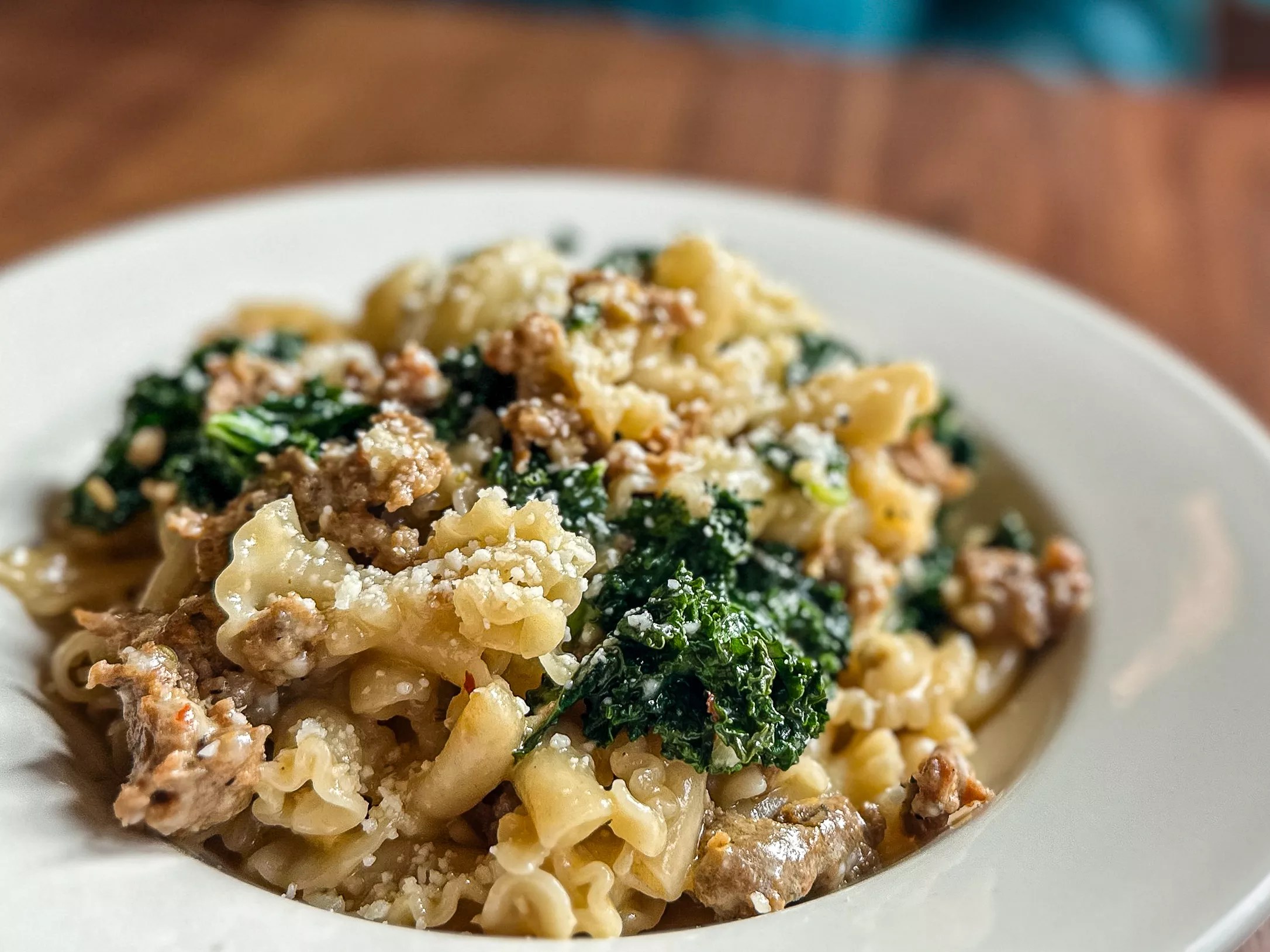
Campanelle Maialino: Kale & sausage in light butter sauce with pecorino.
Hank Vaughn
The campanelle in maialino consisted of bellflower-shaped pasta in a hearty sauce of kale and sausage in light butter with pecorino romano. It was rich and delish and just the right amount as well, the pasta not overpowered by the meat which can often happen. They lived in harmony here.
There are a couple of desserts, including tiramisu and cannoli, but in the end we were too full of pasta to follow Clemenza’s advice. We left the cannoli.
We may not visit the Amalfi Coast as much as we’d like, but San Marzano does its namesake proud and is a closer option, with better parking to boot.
3700 McKinney Avenue, Suite 148: Sunday – Thursday, 11 a.m. – 10 p.m.; Friday & Saturday, 11 a.m. – 11 p.m.